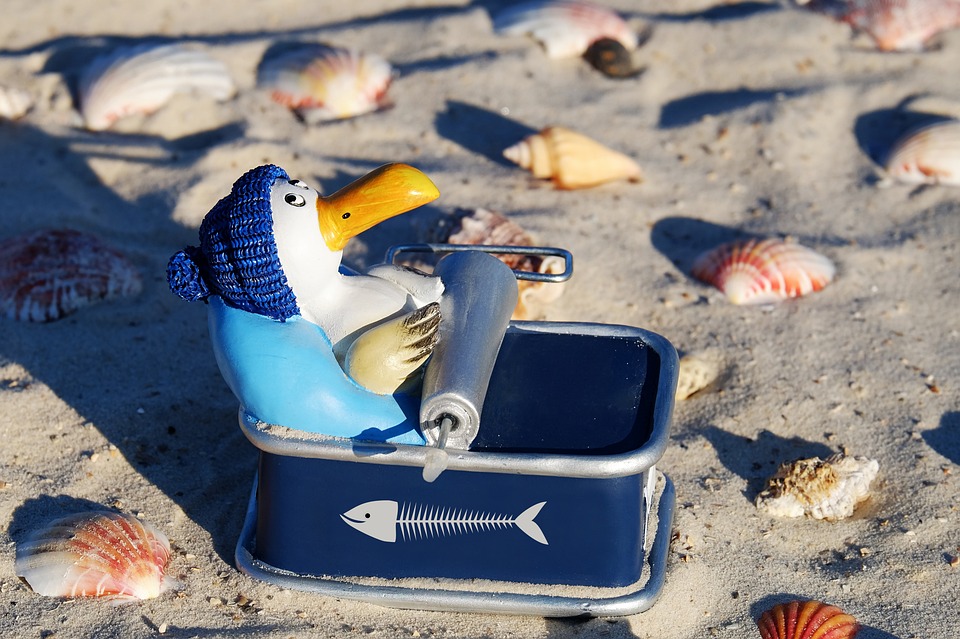Fish Health: Addressing Fish Buoyancy Problems and Swim Bladder Disorders
The Importance of Fish Buoyancy and Swim Bladder Function
Fish buoyancy is crucial for their survival and overall health. It allows them to maintain the desired depth in the water column, control their movement, and regulate their feeding habits. The swim bladder, a gas-filled organ located in the abdominal cavity, plays a vital role in achieving and maintaining buoyancy. However, fish can sometimes face buoyancy problems and swim bladder disorders, which can significantly impact their well-being. In this article, we will explore the causes, symptoms, and potential treatments for these issues.
Understanding Fish Buoyancy Problems
Fish buoyancy problems occur when a fish struggles to maintain its desired depth or floats uncontrollably. These issues can be caused by various factors, including swim bladder disorders, physical injuries, or other underlying health conditions. It is important to identify the root cause to effectively address the problem.
Common Symptoms of Fish Buoyancy Problems
– Floating at the water’s surface or sinking to the bottom
– Difficulty swimming or staying in a specific position
– Loss of appetite or abnormal feeding behavior
– Lethargy or abnormal swimming patterns
– Distended abdomen or abnormal body posture
Swim Bladder Disorders: Causes and Symptoms
Swim bladder disorders, specifically related to the swim bladder organ, can lead to fish buoyancy problems. These disorders can be caused by various factors, such as:
1. Physical injuries: Trauma to the swim bladder due to external factors like rough handling, sharp objects, or aggressive tank mates can disrupt its normal functioning.
2. Genetic predisposition: Some fish species are more prone to swim bladder disorders due to genetic factors inherited from their parents.
3. Diet and feeding habits: Feeding fish an improper diet, overfeeding, or using low-quality food can cause digestive issues that affect the swim bladder.
4. Water quality: Poor water conditions, such as low oxygen levels, high ammonia or nitrite levels, or inadequate filtration, can stress fish and contribute to swim bladder disorders.
Addressing Fish Buoyancy Problems and Swim Bladder Disorders
1. Identify the underlying cause: Observe the fish’s behavior, check water parameters, and assess their diet to determine the potential cause of the problem.
2. Adjust feeding habits: Provide a balanced diet appropriate for the species, ensuring proper nutrition without overfeeding. Consider feeding sinking pellets or thawed frozen foods if floating food causes buoyancy issues.
3. Improve water quality: Regularly test and maintain appropriate water parameters, ensuring good filtration and adequate oxygen levels. Perform water changes as necessary to reduce stress on the fish.
4. Isolate and treat affected fish: If the issue is contagious or caused by parasites or bacterial infections, separate the affected fish from the others and provide appropriate treatment under the guidance of a veterinarian or aquatic specialist.
5. Consult an expert: If the problem persists or worsens despite your efforts, seek professional advice from a veterinarian or an experienced fish hobbyist to determine the best course of action.
FAQs (Frequently Asked Questions)
Q1: Can swim bladder disorders be prevented?
A1: While genetic predisposition cannot be controlled, maintaining a balanced diet, providing a stress-free environment, and monitoring water quality can help minimize the risk of swim bladder disorders.
Q2: Is there a specific treatment for swim bladder disorders?
A2: Treatment options depend on the underlying cause. Adjusting feeding habits, improving water quality, and isolating affected fish may resolve the issue. In some cases, medication or surgical intervention may be necessary.
Q3: How long does it take for a fish to recover from swim bladder disorders?
A3: Recovery time varies depending on the severity of the disorder and the effectiveness of the treatment. Some fish may recover within a few days, while others may require several weeks for a full recovery.
Q4: Can swim bladder disorders be fatal?
A4: In severe cases, swim bladder disorders can be life-threatening if left untreated. It is essential to address the issue promptly to prevent further complications and ensure the fish’s well-being.
Remember, maintaining optimal fish health requires a holistic approach that includes a suitable environment, proper nutrition, and prompt attention to any signs of distress. By addressing fish buoyancy problems and swim bladder disorders, you can help your aquatic companions thrive and enjoy a healthy life.









